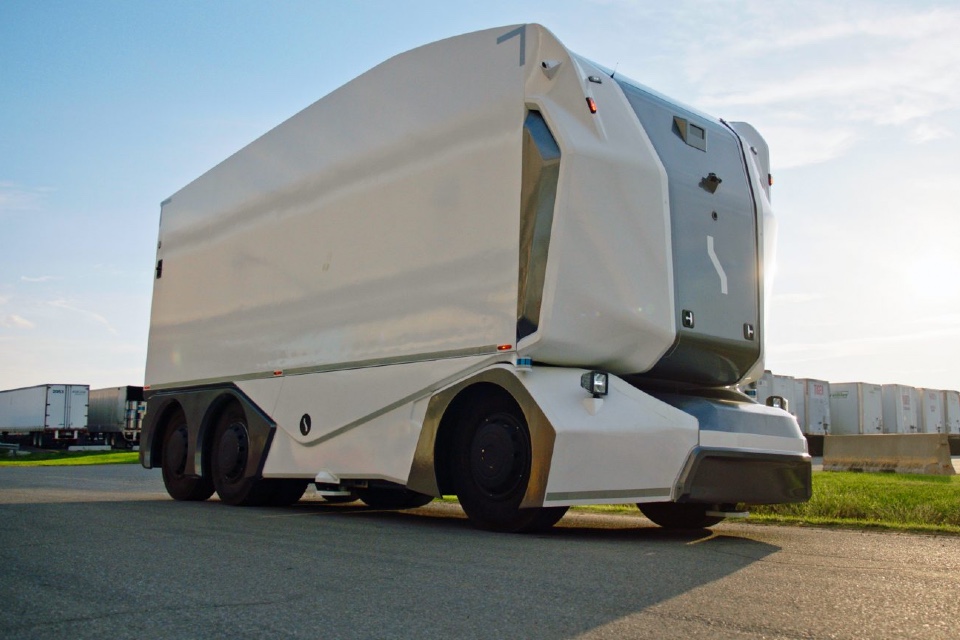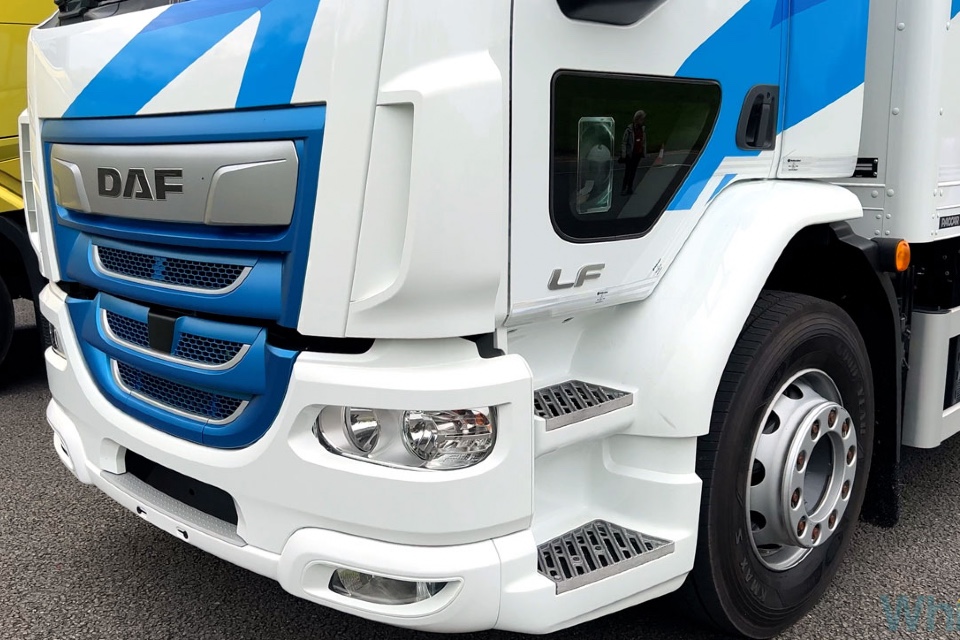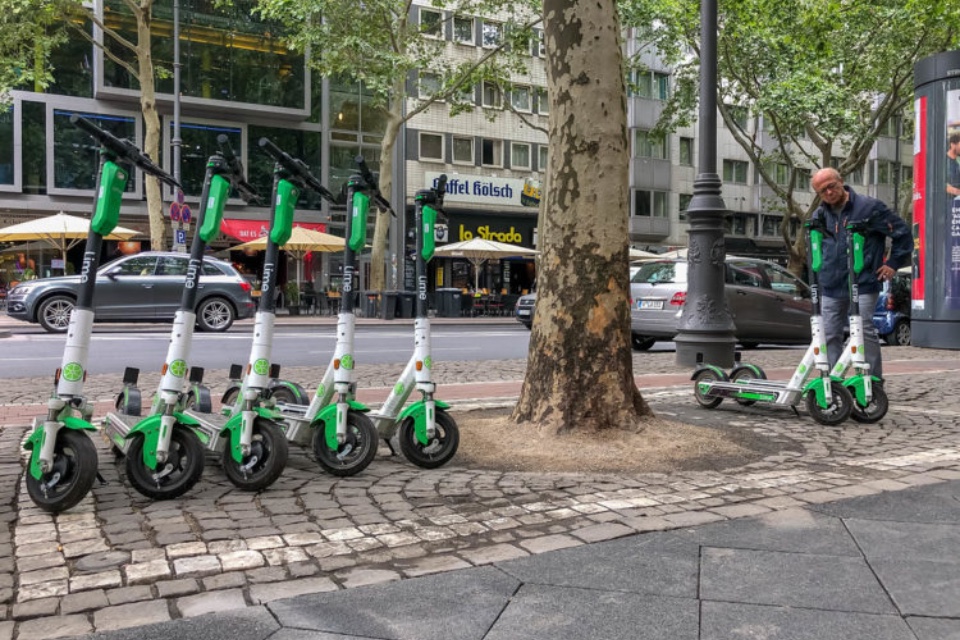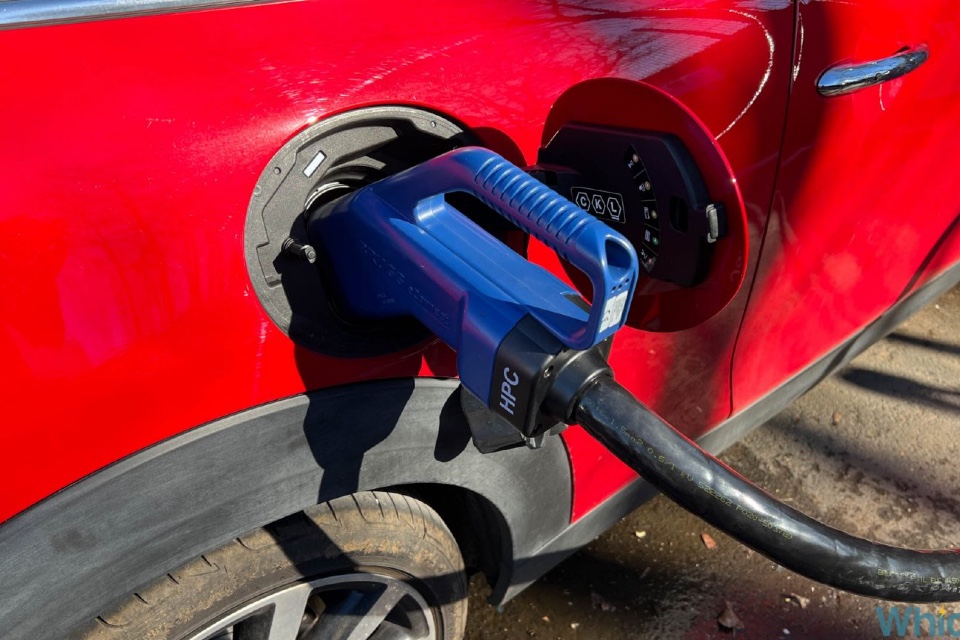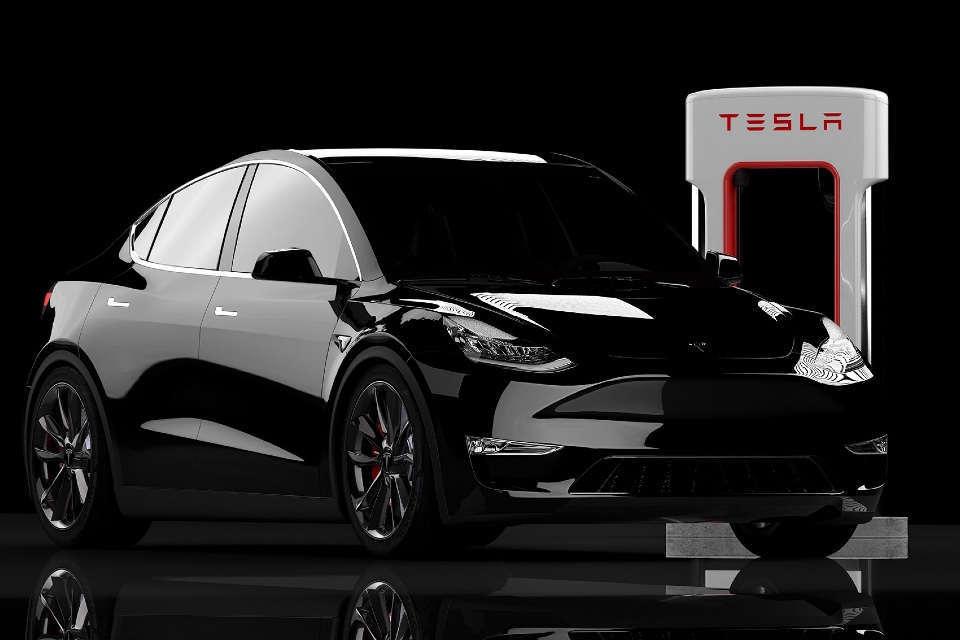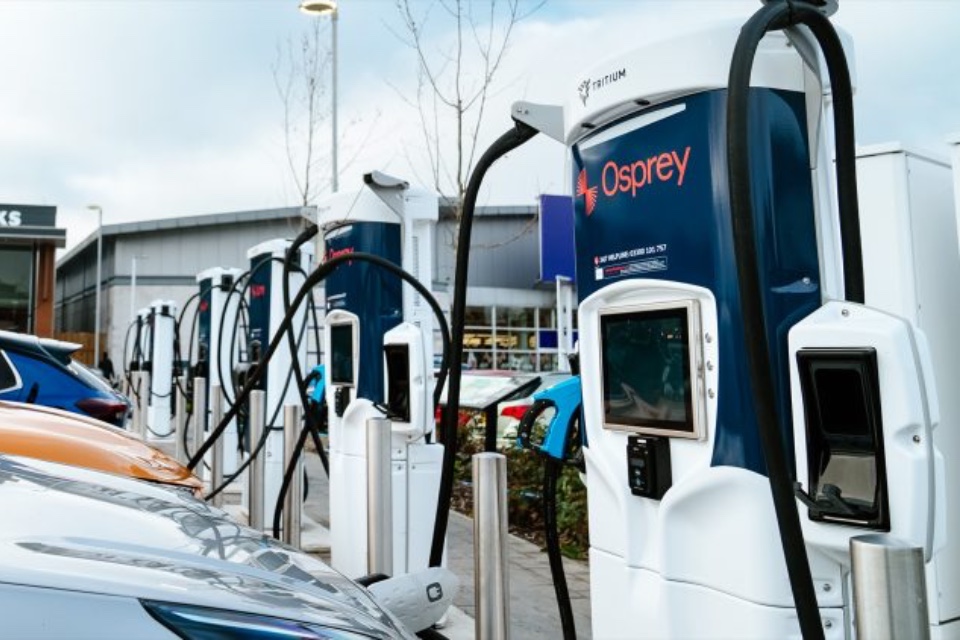Is the Einride Pod the future of autonomous electric freight vehicles?
https://fleetservicessummit.co.uk/wp-content/uploads/2022/07/Einride-V1-0002_B001C011_211014_R0RL.01562086-1536x864-1.jpg 960 640 Stuart O'Brien Stuart O'Brien https://secure.gravatar.com/avatar/81af0597d5c9bfe2231f1397b411745a?s=96&d=mm&r=gBy Farooq Baloch, WhichEV
Since 2017, the UK Government has had in place the outline rules for testing autonomous vehicles on UK roads. Those rules have recently been updated and many more companies are looking at ways in which transportation in general (and goods in particular) can be automated with advanced electric vehicles across the nation’s road network.
Einride believes that the future of transport is electric, autonomous and digital – with a focus on zero-emissions and self-driving vehicles, coordinated by an intelligent network. This could well provide a cleaner and safer way to transport huge volumes of cargo, but how will we know if it is safe?
The Einride Pod has no room for a driver on board and, in that sense, is very similar to Volvo’s Vera – first showcases in London at the Freight in the City show back in 2019.

